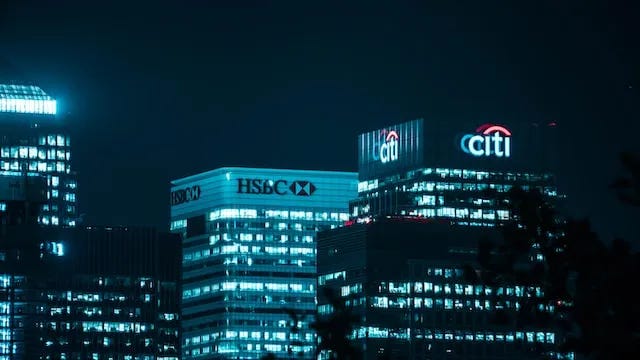[DDIntel] Innovations and Systematic Collapses
What happens when you invest most of your liquidities, as a bank, and people want to withdraw money? The answer to that is that you copy what Silicon Valley Bank did recently.
Silicon Valley Bank had a bank balance that would make even Jeff Bezos ($122 billion net worth) blush. With a deposit balance of $200 billion, they were swimming in money like it w…
Keep reading with a 7-day free trial
Subscribe to DDIntel to keep reading this post and get 7 days of free access to the full post archives.



